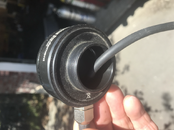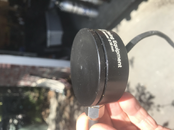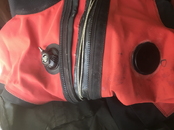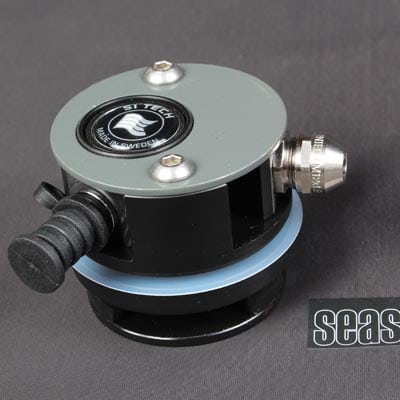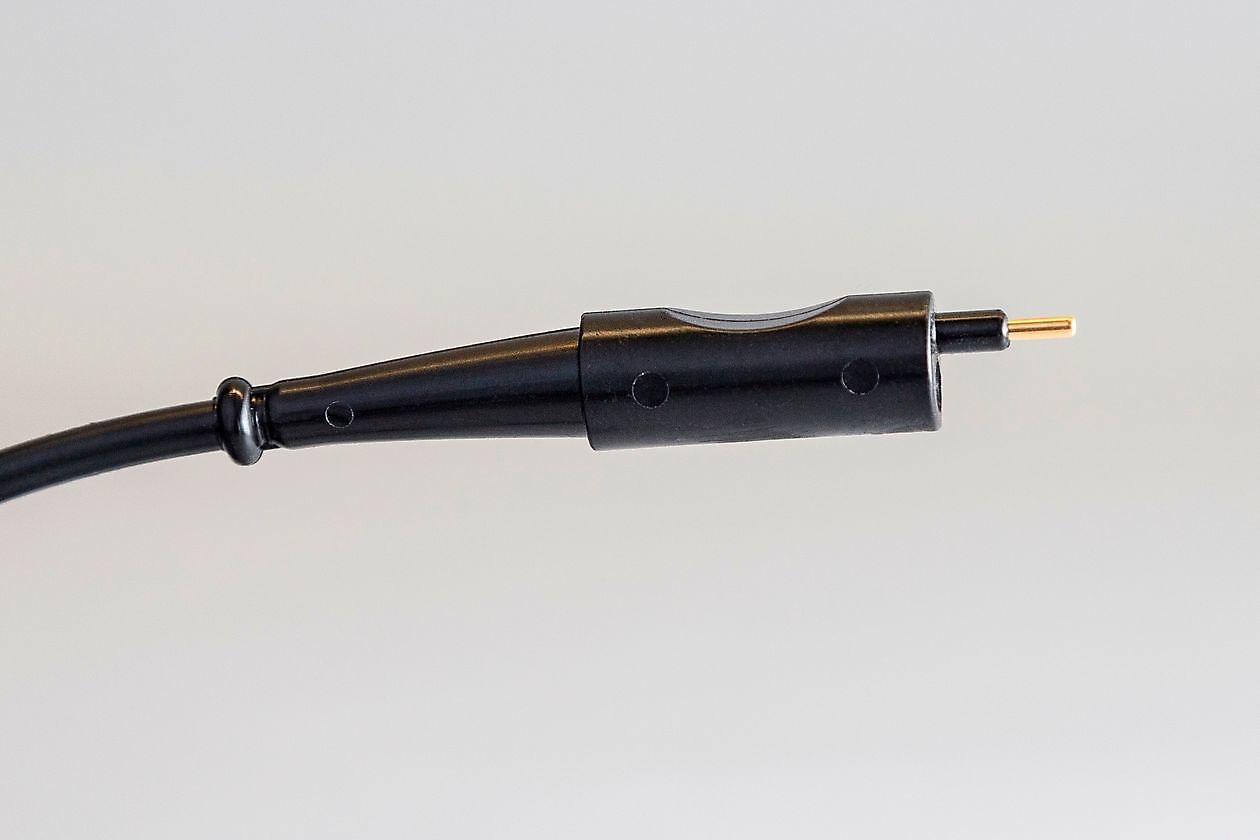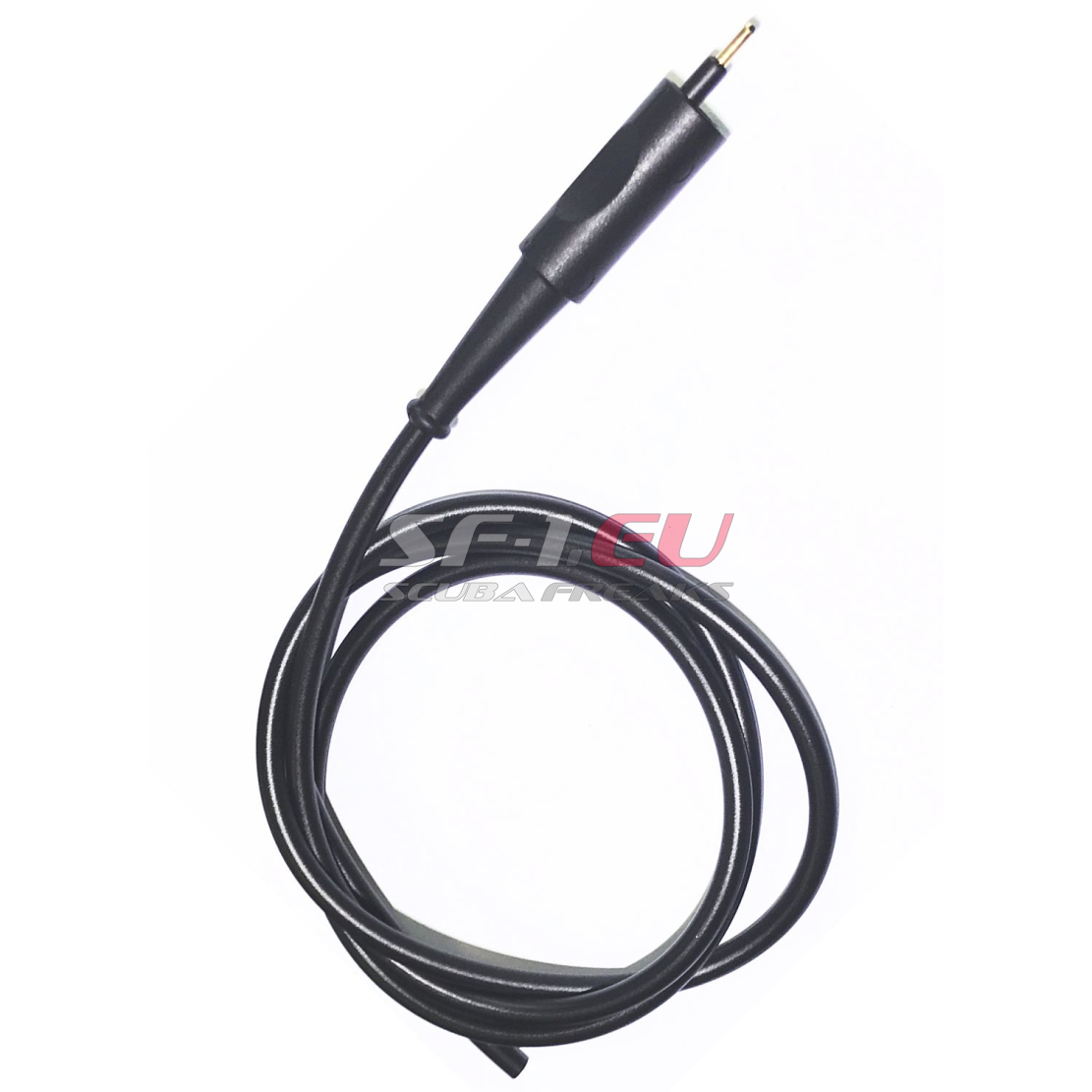I have a Santi Thermovalve that lasted me -60 dives before the E/O cord gave up. Even before the connector died completely, I found the connectivity to be somewhat intermittent (would turn off and on during a dive). This is despite me treating it as well as I possibly could - never wet connected/disconnected, rinsed thoroughly etc.
I replaced it with an Ammonite valve that’s been rock solid for 100 dives now. The E/O connector definitely seems more robust - though in fairness, I think some of the benefit is that my battery is also an Ammonite battery, so the two E/O connectors are the same brand/size.
I replaced it with an Ammonite valve that’s been rock solid for 100 dives now. The E/O connector definitely seems more robust - though in fairness, I think some of the benefit is that my battery is also an Ammonite battery, so the two E/O connectors are the same brand/size.



